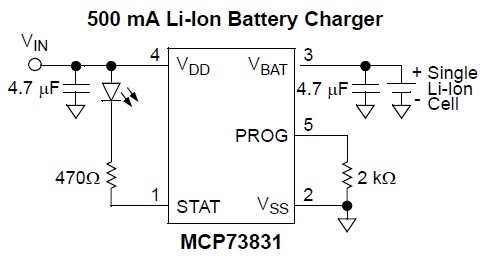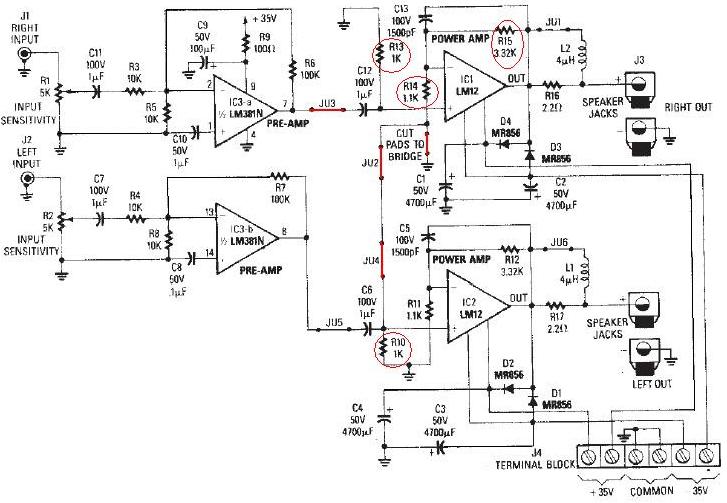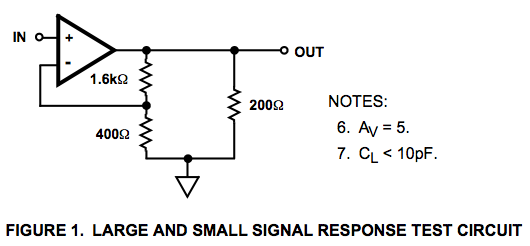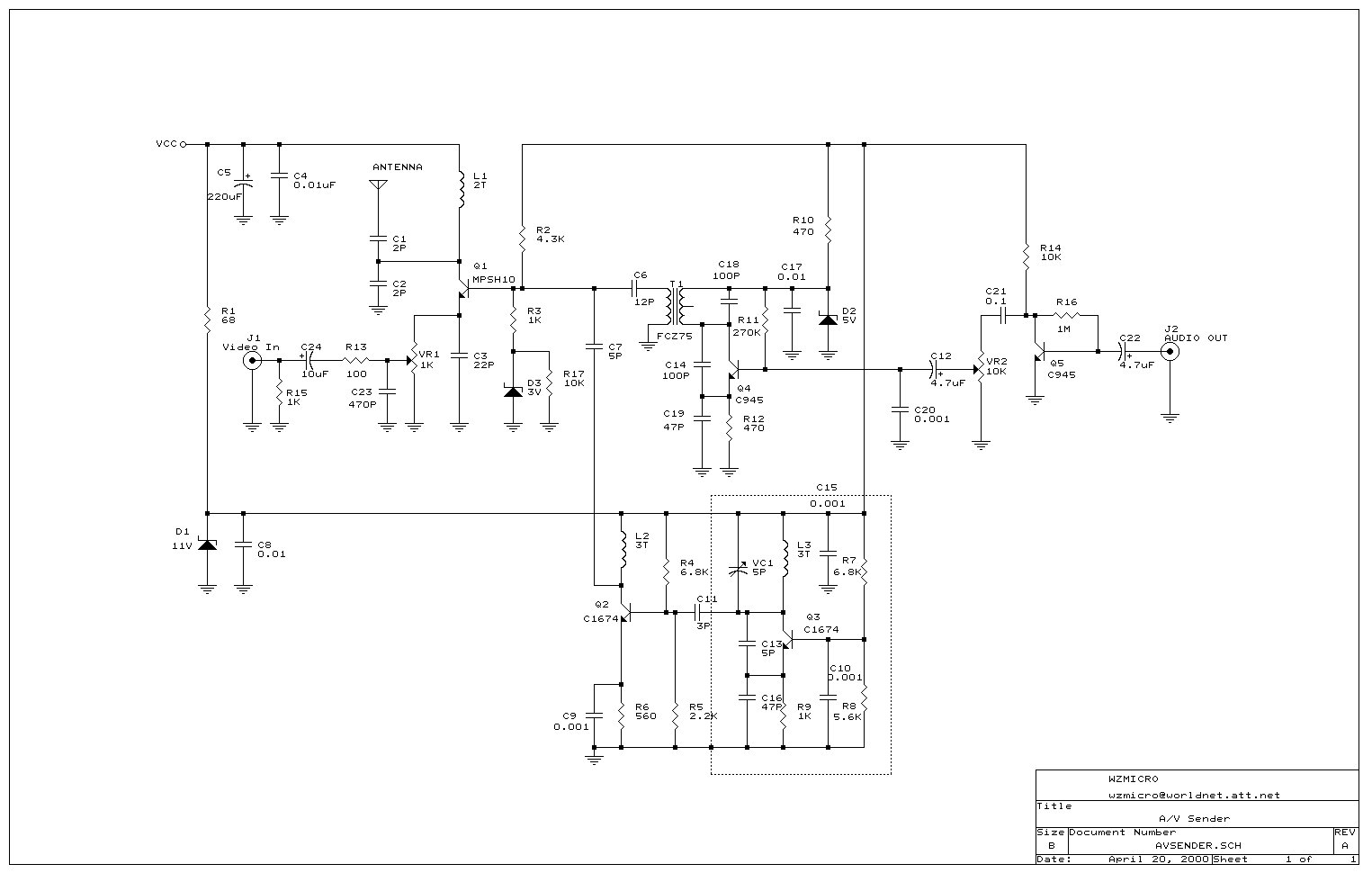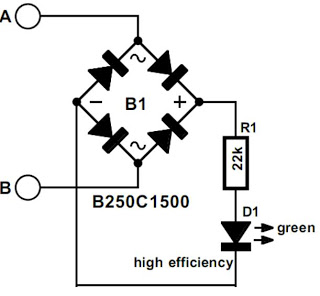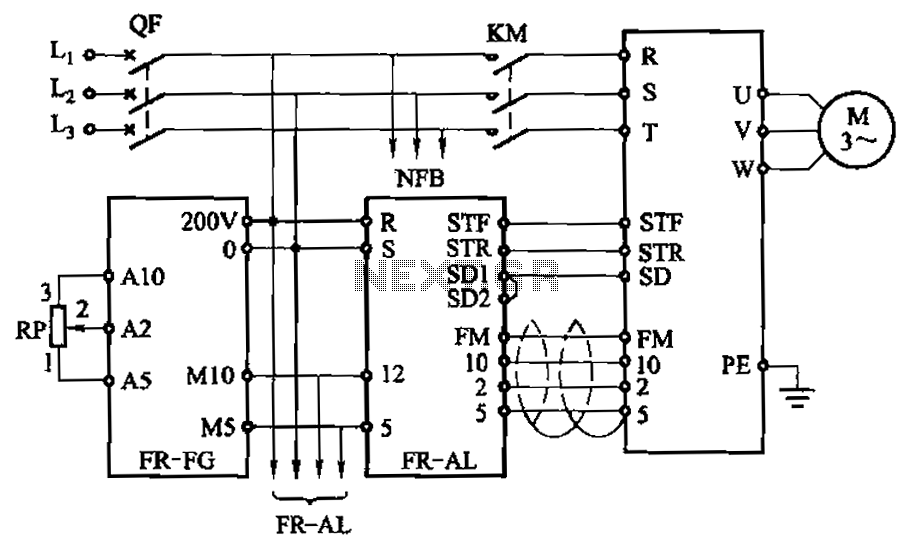
how to make simple piezo buzzer circuit
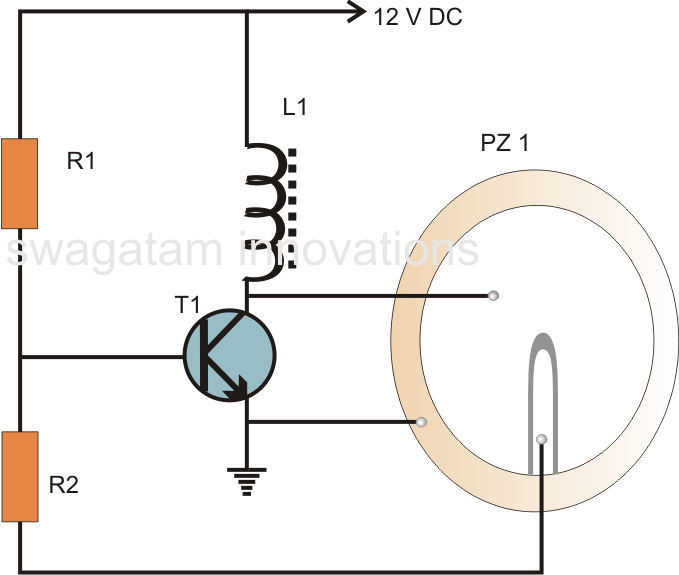
A very simple piezoelectric buzzer can be constructed with minimal electronic components, requiring just a single transistor, a coil, and a piezo buzzer to produce a sound that may be quite piercing. This buzzer circuit operates in a unique manner, utilizing inductive feedback instead of the typical resistor and capacitor networks found in other oscillators. In this circuit, the transistor (T1) and the inductor serve as the core components. The coil, referred to as the buzzer coil, amplifies the oscillations generated, while the feedback is provided by the center tap of the three-terminal piezo element utilized in this design. When voltage is applied to the circuit, the transistor conducts, activating the piezo element across the buzzer coil. This action grounds the base of the transistor through the center tap of the piezo element, causing the transistor to turn off and consequently deactivating the piezo element. The center tap of the piezo transducer is crucial for sustaining the oscillations, which is why a three-terminal piezo is necessary rather than a two-terminal variant. The oscillations produced at the transistor's collector are transferred to the coil, saturating it with magnetic energy. The coil then releases this stored energy during the oscillation cycle, enhancing the generated AC voltage across it. This amplified AC voltage is applied to the anode and cathode of the piezo element, causing it to vibrate at a frequency that generates a sharp, piercing sound. For optimal performance, the piezo element should be mounted at the base of its housing, which should feature a hole approximately 7 mm in diameter. It is essential that the piezo element is not directly affixed to the base of the housing but is instead positioned on a soft, pure rubber ring that has a diameter 30% smaller than that of the piezo transducer.
The piezoelectric buzzer circuit exemplifies a straightforward yet effective design for sound generation through oscillation. The use of a single transistor simplifies the circuit, making it accessible for basic electronic projects. The choice of a three-terminal piezo element is vital, as it allows for feedback that sustains oscillations, a critical aspect of the circuit's operation. The transistor acts as a switch that alternates between conducting and non-conducting states, driven by the feedback from the piezo element. This rapid switching creates a cycle of energy transfer between the transistor and the inductor, enhancing the sound output.
The construction of the circuit can be achieved on a small PCB or a breadboard, with careful attention to the placement of components to minimize interference. The inductor, or buzzer coil, should be chosen based on its inductance value to ensure optimal oscillation frequency. The piezo element's mounting on a rubber ring not only aids in sound amplification but also helps dampen vibrations, preventing damage to the component.
This circuit can be further explored by experimenting with different inductor values or piezo configurations to modify the sound characteristics. Additionally, integrating a variable resistor could allow for the adjustment of the frequency, providing a wider range of sound effects. Overall, this simple piezoelectric buzzer circuit serves as an excellent introduction to the principles of oscillation and sound generation in electronic design.A very simple piezo electric buzzer using hardly any electronic components. Just a single transistor, a coil, a piezo buzzer are enough to make it buzz or rather twit for you, with an output that may be quite ear piercing. The simple buzzer circuit described here actually works in a quite unique way. Instead of the normal working concept employed by other forms of oscillators which require resistor and c
apacitor networks for generating the oscillations, this circuit use inductive feedback for the required operations. Referring to the above simple piezo buzzer circuit we find that the transistor T1 along with the inductor forms the heart of the circuit.
Basically the coil which is specifically called the buzzer coil, is in fact positioned for amplifying the created oscillations while the actual feed back is provided by the center tap of the three terminal piezo element used for the present application. When a voltage is introduced in the circuit, the transistor conducts, operating the piezo element across the buzzer coil, however this also leads to the grounding of the base of the transistor through the center tap of the piezo element, this instantly switches off the transistor and in turn the piezo also switches off, releasing the base of the transistor.
The center tap from the piezo transducer plays an important role in sustaining the oscillations and therefore in this particular design we need a three terminal piezo rather than a two terminal one. The oscillations produced at the collector of the transistor is dumped into the coil, saturating the coil with magnetic inductions.
The coil kicks back the stored energy during the oscillations, magnifying the generated AC across it. This stepped up AC is applied across the anode and the cathode of the piezo element, which starts vibrating sharply according the pitch of the frequency, generating a shrill, ear piercing sound in the air.
For this particular application the piezo element needs to be stuck at the base of its housing which must consist of a hole having a diameter of about 7 mm. The piezo element cannot be stuck directly over the base of the housing, rather it must stuck and positioned over a soft, pure rubber ring, having diameter 30 % less than that of the piezo transducer.
🔗 External reference
The piezoelectric buzzer circuit exemplifies a straightforward yet effective design for sound generation through oscillation. The use of a single transistor simplifies the circuit, making it accessible for basic electronic projects. The choice of a three-terminal piezo element is vital, as it allows for feedback that sustains oscillations, a critical aspect of the circuit's operation. The transistor acts as a switch that alternates between conducting and non-conducting states, driven by the feedback from the piezo element. This rapid switching creates a cycle of energy transfer between the transistor and the inductor, enhancing the sound output.
The construction of the circuit can be achieved on a small PCB or a breadboard, with careful attention to the placement of components to minimize interference. The inductor, or buzzer coil, should be chosen based on its inductance value to ensure optimal oscillation frequency. The piezo element's mounting on a rubber ring not only aids in sound amplification but also helps dampen vibrations, preventing damage to the component.
This circuit can be further explored by experimenting with different inductor values or piezo configurations to modify the sound characteristics. Additionally, integrating a variable resistor could allow for the adjustment of the frequency, providing a wider range of sound effects. Overall, this simple piezoelectric buzzer circuit serves as an excellent introduction to the principles of oscillation and sound generation in electronic design.A very simple piezo electric buzzer using hardly any electronic components. Just a single transistor, a coil, a piezo buzzer are enough to make it buzz or rather twit for you, with an output that may be quite ear piercing. The simple buzzer circuit described here actually works in a quite unique way. Instead of the normal working concept employed by other forms of oscillators which require resistor and c
apacitor networks for generating the oscillations, this circuit use inductive feedback for the required operations. Referring to the above simple piezo buzzer circuit we find that the transistor T1 along with the inductor forms the heart of the circuit.
Basically the coil which is specifically called the buzzer coil, is in fact positioned for amplifying the created oscillations while the actual feed back is provided by the center tap of the three terminal piezo element used for the present application. When a voltage is introduced in the circuit, the transistor conducts, operating the piezo element across the buzzer coil, however this also leads to the grounding of the base of the transistor through the center tap of the piezo element, this instantly switches off the transistor and in turn the piezo also switches off, releasing the base of the transistor.
The center tap from the piezo transducer plays an important role in sustaining the oscillations and therefore in this particular design we need a three terminal piezo rather than a two terminal one. The oscillations produced at the collector of the transistor is dumped into the coil, saturating the coil with magnetic inductions.
The coil kicks back the stored energy during the oscillations, magnifying the generated AC across it. This stepped up AC is applied across the anode and the cathode of the piezo element, which starts vibrating sharply according the pitch of the frequency, generating a shrill, ear piercing sound in the air.
For this particular application the piezo element needs to be stuck at the base of its housing which must consist of a hole having a diameter of about 7 mm. The piezo element cannot be stuck directly over the base of the housing, rather it must stuck and positioned over a soft, pure rubber ring, having diameter 30 % less than that of the piezo transducer.
🔗 External reference
